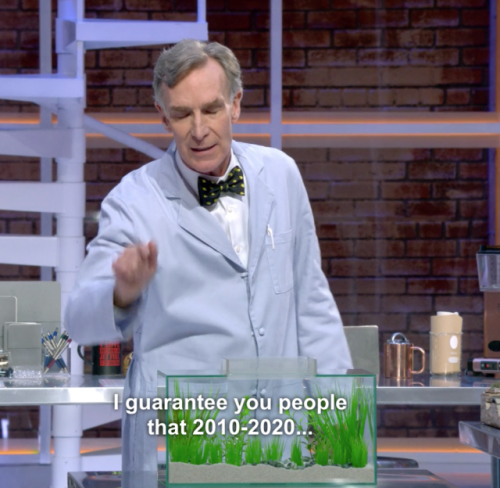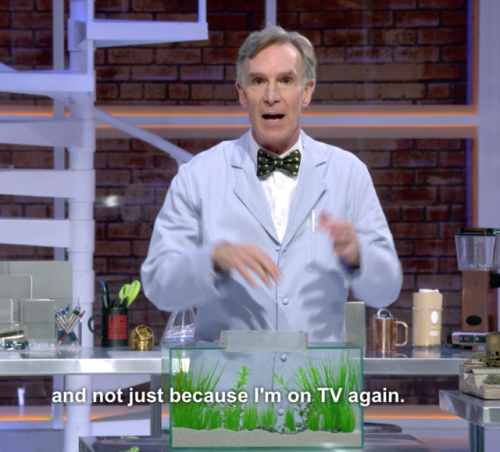Tres-4b-blog - ✰




More Posts from Tres-4b-blog and Others
That song that many bros knows but don’t know what it is called… <3
2019 April 28
All of Mercury Image Credit: NASA/JHU Applied Physics Lab/Carnegie Inst. Washington
Explanation: Only six years ago, the entire surface of planet Mercury was finally mapped. Detailed observations of the innermost planet’s surprising crust began when the robotic have been ongoing since the robotic MESSENGER spacecraft first passed Mercury in 2008 and continued until its controlled crash landing in 2015. Previously, much of the Mercury’s surface was unknown as it is too far for Earth-bound telescopes to see clearly, while the Mariner 10 flybys in the 1970s observed only about half. The featured video is a compilation of thousands of images of Mercury rendered in exaggerated colors to better contrast different surface features. Visible on the rotating world are rays emanating from a northern impact that stretch across much of the planet, while about half-way through the video the light colored Caloris Basin rotates into view, a northern ancient impact feature that filled with lava. Recent analysis of MESSENGER data indicates that Mercury has a solid inner core.
∞ Source: apod.nasa.gov/apod/ap190428.html



Science never stops on the Space Station
The past two weeks in Earth orbit saw ESA astronaut Luca Parmitano and NASA astronaut Andrew Morgan conduct two of four planned spacewalks to service the Alpha Magnetic Spectrometer AMS-02.
Spacewalks are time-consuming to prepare, and can occupy many hours of an astronaut’s week in space.
Despite this, much of the science on the International Space Station continues unattended, controlled by operators on Earth.
Planners also find creative ways to fit experiment runs into a crewmember’s busy schedule.
Let us take look at some of the European research running at 28 800 km/h above Earth.
Many experiments, once they are set up, can run in the background while astronauts do other work.
Three experiments like this were initialised and fine-tuned over the past two weeks.
On 18 November, Roscosmos astronaut Alexander Skvortsov changed the camera mode for the Electromagnetic Levitator that recorded the melting and solidifying of metal alloys over the following nights, including one made of copper and zinc – both in vacuum and in helium gas.
The levitator allows researchers to inspect how metals form in controlled circumstances – without gravity skewing results.
The findings will help us understand how to make metals with interesting and useful properties for application in electronics and manufacturing.
The Multiscale Boiling experiment also ran for three days after fine-tuning that started on 11 November.
The experiment added an electrical field to boiling bubbles in space to recreate aspects of gravity.
At night, the experiment was turned off and data downloaded to ground control for researchers eager to understand more about how bubble formation can influence the way heat is transferred.
This study will help improve thermal management systems in space.
Other experiments in progress included radiation monitoring experiment Dosis-3D, and the Matiss-2 experiment that will collect dust and bacteria over six months to assess materials for cleaner spacecraft.
Alexander also prepared the PK-4 science campaign by clearing its tubes of air and then filling them with neon gas.
On 11 November gas was ignited into a plasma by applying a high voltage.
Micro-particles went for a ride in the plasma-tubes and became charged – behaving like atoms.
Lasers and cameras measure how the dust particles move and the data is recorded to hard drives to better understand how atoms interact on a molecular level.
The Russian-European experiment requires astronauts to “catch” the clouds of particles (using electromagnetic fields) when these come into view in the PK-4 chamber.
Crewmembers also need to swap the gas and hard drives for the experiments run remotely from ground.
Some experiments require astronauts to be the test subjects.
On 13 November Luca started his fifth session of the NutrISS experiment by measuring his body composition and reporting on his diet through the Everywear app.
This experiment will help scientists understand and respond to the changing nutritional requirements of humans in space.
Luca also found time during the past two weeks to take an Earth-based rover for a spin.
Called Analog-1, the experiment uses the Space Station as a stand-in for spacecraft orbiting another planet.
From orbit, Luca controlled a robot in the Netherlands, driving this around a geological site and collecting rocks as directed by a science team at ESA’s astronaut centre in Cologne, Germany.
Loading the software and setting up the experiment on the Station computers was done while Luca was outside the Space Station for the first spacewalk of his Beyond mission.
TOP IMAGE….ESA astronaut Luca Parmitano and NASA astronaut Andrew Morgan are helped into their American EMU spacesuits by NASA astronaut Christina Koch and Russian cosmonaut Oleg Skripochka ahead of the second spacewalk to service AMS-02. The Alpha Magnetic Spectrometer AMS-02 is a cosmic ray detector that is helping scientists understand more about the origins of our Universe. To continue delivering groundbreaking science, its cooling system must be upgraded. However, it was never designed to be maintained in orbit making the spacewalking series particularly complex. ESA/NASA
CENTRE IMAGE….The Electromagnetic Levitator (EML) in the Columbus module of the International Space Station. The EML multi-user facility is designed for containerless materials processing in space. This photo was taken by ESA astronaut Alexander Gerst during his Blue Dot mission in 2014. ESA/NASA
LOWER IMAGE….We know our world is made of atoms and molecules, but even with the most powerful microscope we cannot see them moving, meaning our understanding of how molecules interact is based on experimentation and assumptions. The ESA–Roscosmos Plasma Kristall-4 experiment is recreating atomic interactions on a larger scale. A plasma is an electrically charged (‘ionised’) gas. It is considered to be the fourth state of matter, distinct from gas, liquid and solid matter. The image shows the parabolic flight setup of PK-4 used as a test model for the International Space Station. The plasma (orange glow) is created in a U-shaped glass tube with an electric field. The microparticles trapped in the chamber are illuminated by a green laser light allowing the observation of the motion of the particles. Plasma Kristall-4 will inject microscopic dust particles into a neon and argon tube to act as atom substitutes. As they float in the charged gas, they will collect negative charges as positive ions accumulate around them. As a result, they will start to repulse each other – just like atoms do in a fluid state. Doing this research on Earth is not possible – the dust particles would fall with gravity and the simulated atoms would not behave realistically. This experiment is making the atomic scale visible for analysis and will help scientists to understand the interactions of atoms. Michael Kretschmer
-
 ateabeforedeath liked this · 4 years ago
ateabeforedeath liked this · 4 years ago -
 ivanamarrana liked this · 4 years ago
ivanamarrana liked this · 4 years ago -
 dandelionprocrastinates liked this · 4 years ago
dandelionprocrastinates liked this · 4 years ago -
 creasion616 liked this · 4 years ago
creasion616 liked this · 4 years ago -
 physicla liked this · 4 years ago
physicla liked this · 4 years ago -
 richardrosejpeg liked this · 4 years ago
richardrosejpeg liked this · 4 years ago -
 shadowyladythee liked this · 4 years ago
shadowyladythee liked this · 4 years ago -
 honsdesons liked this · 4 years ago
honsdesons liked this · 4 years ago -
 cheerfulfenek liked this · 4 years ago
cheerfulfenek liked this · 4 years ago -
 caffeinatedgingermidget liked this · 4 years ago
caffeinatedgingermidget liked this · 4 years ago -
 infiniitestars liked this · 4 years ago
infiniitestars liked this · 4 years ago -
 lostmoonlightchild reblogged this · 4 years ago
lostmoonlightchild reblogged this · 4 years ago -
 lostmoonlightchild liked this · 4 years ago
lostmoonlightchild liked this · 4 years ago -
 cryptid-of-the-east liked this · 4 years ago
cryptid-of-the-east liked this · 4 years ago -
 what-is-tea liked this · 4 years ago
what-is-tea liked this · 4 years ago -
 sunamatic liked this · 4 years ago
sunamatic liked this · 4 years ago -
 way-too-indecisive liked this · 4 years ago
way-too-indecisive liked this · 4 years ago -
 studentofthecosmos reblogged this · 4 years ago
studentofthecosmos reblogged this · 4 years ago -
 elemmirekirk5031 liked this · 4 years ago
elemmirekirk5031 liked this · 4 years ago -
 evergreenarchives liked this · 5 years ago
evergreenarchives liked this · 5 years ago -
 rinamantis liked this · 5 years ago
rinamantis liked this · 5 years ago -
 wolffiec liked this · 5 years ago
wolffiec liked this · 5 years ago -
 bibliomkid liked this · 5 years ago
bibliomkid liked this · 5 years ago -
 hmmakesyathink liked this · 5 years ago
hmmakesyathink liked this · 5 years ago -
 nablah liked this · 5 years ago
nablah liked this · 5 years ago -
 fri3nd-buddy-pal liked this · 5 years ago
fri3nd-buddy-pal liked this · 5 years ago







